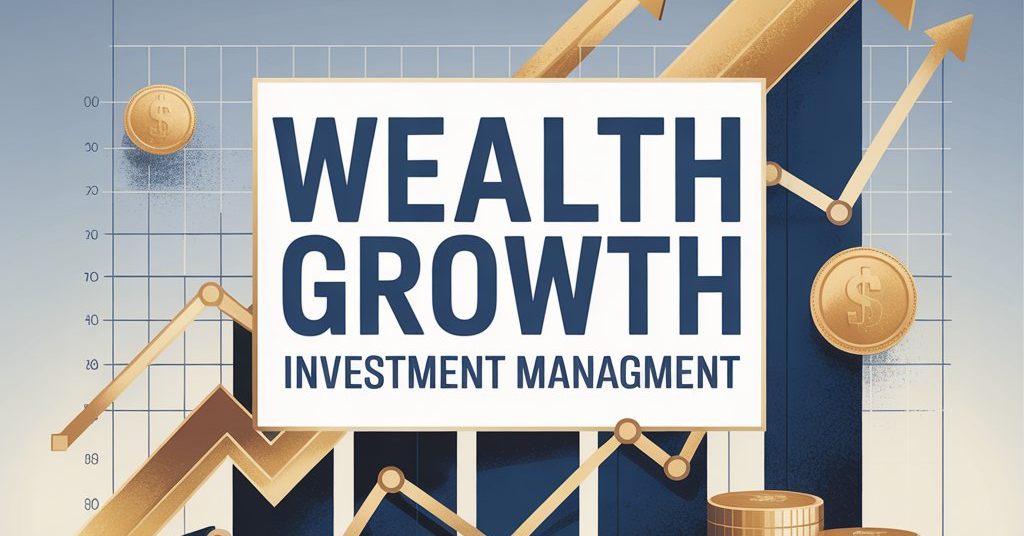For many Americans, owning a home feels like a dream that is always out of reach. Rising house prices, student loan debts, and everyday expenses make it seem impossible to save enough money for a down payment. If you are renting, you may believe it will take years before you can even think about buying a home.
But here is the truth: you might be closer to your first home deposit than you think. Thanks to low down payment loan options, government assistance programs, and smart saving strategies, you may already be more than halfway there. This guide will walk you through everything you need to know — from how much you actually need, to examples and calculations, to practical tips that can get you into your first home sooner than expected.
Understanding the Down Payment
A down payment is the upfront cash you pay when buying a home. The rest is covered by a mortgage. Many people assume you need 20% of the home price, but in reality, most first-time buyers put down much less.
Average Down Payments in the U.S.
- First-time home buyers: ≈ 6–9%
- Repeat buyers: ≈ 15–20%
- FHA loans: 3.5% minimum
- VA loans: 0% down (for veterans and service members)
- USDA loans: 0% down (for rural properties)
- Conventional loans: 3–5% minimum
👉 The 20% myth is outdated. Many buyers qualify with far less, especially when they use government-backed or first-time buyer programs.
Programs That Can Make Buying Easier
One reason you may be closer than you think is because assistance programs reduce the upfront money you need.
| Program | Benefit | Who Qualifies |
| FHA Loan | 3.5% down payment, flexible credit | Buyers with fair credit |
| VA Loan | 0% down payment, no PMI | Veterans, service members, spouses |
| USDA Loan | 0% down payment, rural property | Low-to-moderate income, rural buyers |
| HomeReady & Home Possible | 3% down, reduced PMI | Low-to-moderate income buyers |
| Down Payment Assistance (DPA) | Grants or forgivable loans | Varies by state/local |
| First-Time Buyer State Grants | Thousands in help | State or city programs |
Example Calculations: How Close Are You Really?
Let’s look at real-world examples to understand how much you might need — and how much help is available.
Example 1: FHA Loan on a $300,000 Home
- Home price: $300,000
- FHA down payment (3.5%): $10,500
- Closing & other upfront costs (≈ 2.5%): $7,500
- Total needed: $18,000
If you already have $10,000 saved, you’re 55% of the way there.
By saving $500/month, you’d reach the full amount in 16 months.
Example 2: Conventional Loan with Assistance
- Home price: $400,000
- Conventional down payment (5%): $20,000
- Closing costs (≈ 2%): $8,000
- Assistance: state grant ($5,000) + DPA ($10,000) = $15,000
- Net cash needed = $20,000 + $8,000 – $15,000 = $13,000
If you already have $8,000 saved, you only need $5,000 more.
Saving $625/month, you’d be ready in 8 months.
Example 3: VA Loan (No Down Payment)
- Home price: $350,000
- VA down payment: $0
- Closing costs (≈ 2%): $7,000
- Seller contribution: $5,000 toward closing
- Net upfront cost = $2,000
In this case, if you have just $2,000 in savings, you could already qualify to buy a home.
Also Check: How You Can Build Wealth in Your 20s and Retire Early
Common Myths About Down Payments
Many buyers delay homeownership because of myths. Let’s clear them up:
- Myth: You must save 20%.
✅ Reality: Most first-time buyers put down less than 10%. - Myth: Assistance programs are only for low-income buyers.
✅ Reality: Many programs target middle-income buyers too. - Myth: Closing costs are small.
✅ Reality: They are usually 2–5% of the purchase price. - Myth: You need perfect credit.
✅ Reality: FHA loans accept scores as low as 580. - Myth: It takes years to save enough.
✅ Reality: With grants, assistance, and smart saving, you could be ready in less than a year.
Step-by-Step: How to Calculate Your Readiness
Here’s how to know how close you are:
- Choose a target home price. Example: $350,000.
- Pick a loan type. FHA (3.5%), Conventional (3–5%), VA (0%).
- Calculate down payment. FHA → $350,000 × 3.5% = $12,250.
- Add closing costs. Estimate 2–3% = $7,500–$10,500.
- Check assistance eligibility. Suppose you qualify for $7,000.
- Subtract savings. Already saved: $8,000.
- Find the gap. Total upfront ≈ $20,000 – $15,000 (savings + assistance) = $5,000 more needed.
👉 Now, divide the gap by your monthly saving ability. If you save $700/month, you’ll be ready in 7 months.
Smart Saving Strategies to Speed Up
Even with assistance, you’ll need to save. Here are practical strategies:
- Automate your savings. Set up auto-transfer each payday.
- Cut high-interest debt first. Credit card payments eat savings.
- Downsize expenses temporarily. Cancel unused subscriptions, cook at home, reduce shopping.
- Open a high-yield savings account. Earn more interest on your deposit.
- Tax refunds & bonuses. Direct them straight to your home fund.
- Side hustles. Freelancing, delivery apps, or part-time jobs can add thousands per year.
👉 Example: If you earn an extra $400/month through part-time work, that’s $4,800/year — nearly half a down payment on a $300,000 home with FHA.
Tools That Can Help You
- Down Payment Resource: Database of local/state assistance programs.
- NerdWallet Calculators: Estimate how much you need based on home price.
- Bank of America & Wells Fargo Grants: National lenders offering closing cost or down payment help.
- HUD.gov: Federal housing programs and local links.
Why Buying Sooner Can Save You Money
Delaying can feel safe, but waiting too long has hidden costs:
- Rising home prices. If prices grow 5% per year, a $300,000 home today costs $315,000 next year.
- Missed equity. Rent payments build your landlord’s wealth, not yours.
- Higher mortgage rates. Even a 1% rate hike can add hundreds to your monthly payment.
👉 Example:
- $300,000 loan at 6% interest = $1,799/month (principal + interest).
- $300,000 loan at 7% interest = $1,996/month.
- That’s $197 more per month or $70,920 extra over 30 years.
Quick Checklist: Are You Closer Than You Think?
✅ Do you have at least a few thousand in savings?
✅ Are you eligible for FHA, VA, or USDA loans?
✅ Have you explored state or city down payment assistance?
✅ Can you save $500–$700/month?
✅ Do you have stable income and manageable debt?
If you answered yes to most, you are closer than you think.
Conclusion
Saving for a down payment can feel overwhelming, but the truth is, most first-time buyers need much less than they think. With low down payment mortgages, down payment assistance, grants, and smart saving strategies, you may already be halfway to your goal.
Instead of assuming homeownership is years away, calculate your real numbers, explore assistance options, and make a savings plan. Whether you’re a renter dreaming of your first house or a family looking to settle into a stable home, the path is probably shorter than you imagine.
👉 You might be closer to your first home deposit than you think — and your first set of house keys could be waiting sooner than you realize.



